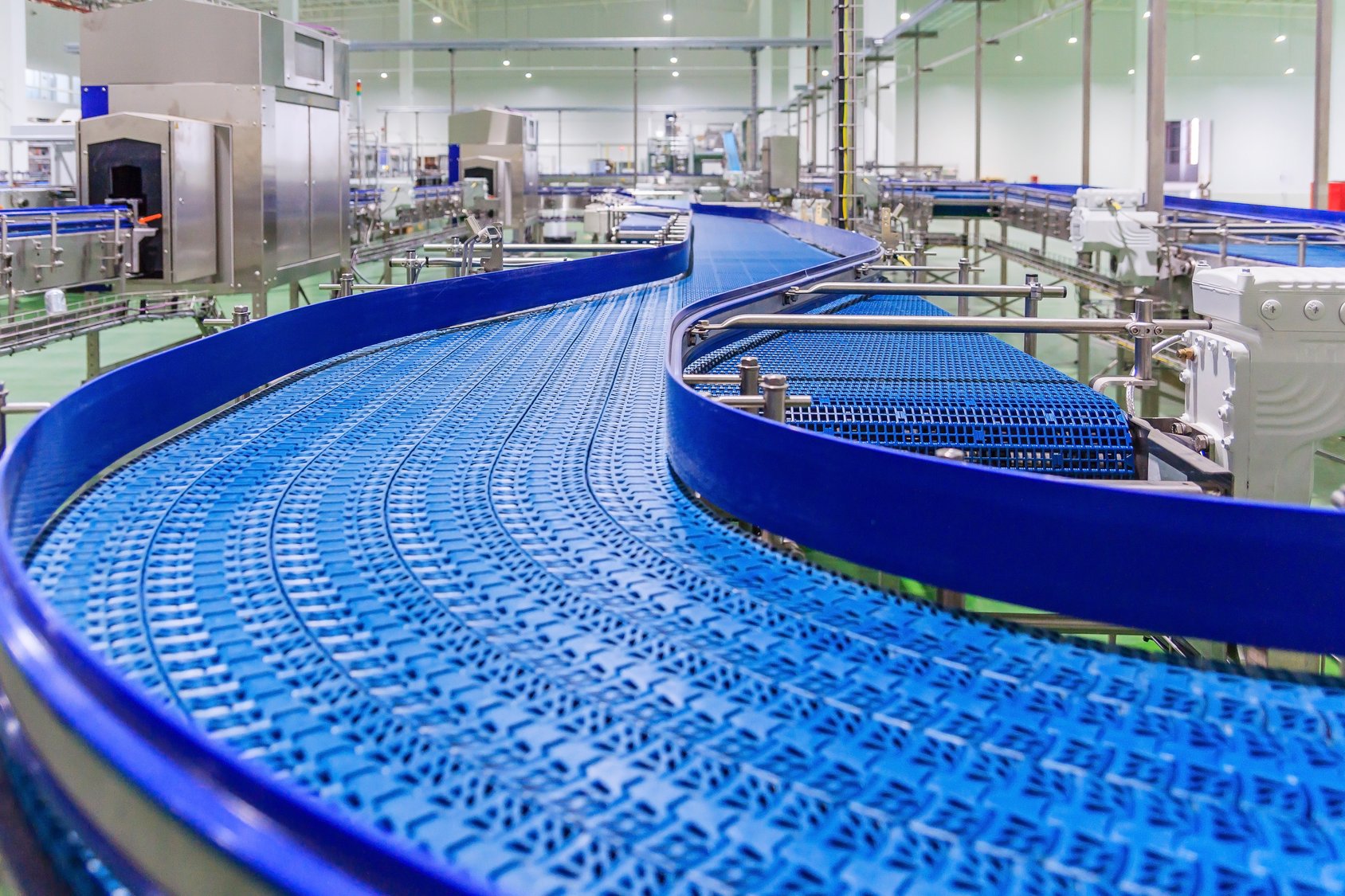No works orders, no production
For a discrete manufacturer, work orders are the lifeblood of production. The work order authorizes the development of a product—it provides the production team with a method to create the product to meet the specifications for the demand it is fulfilling.
When created properly, the work order contains a detailed routing with run times for each step and a complete bill of materials (BOM). Each step in the routing consumes capacity at the specified work center and the BOM drives material requirements. The capacity requirements can be used to schedule production and the material requirements are netted against inventory to flag shortages. It’s a beautiful work order management system that most ERP products support to varying degrees. But it can only be executed if the work order is created properly. I call a properly created work order a digital work order, because the ERP system used to create it “understands” what is needed to make what you want to make. Too often, companies take shortcuts in the creation of the work order and create an analog work order. This work order is designed to create words on a piece of paper that someone reads. Through tribal knowledge and experience, the production team makes what they think is needed. Run times for the operations are missing or incomplete and the BOM is close, but it’s not accurate.
How to choose the right ERP
If your company is creating analog work orders, read on. I’ll lay out a work order management process that will not only create a proper digital work order, but will provide the data needed to successfully manage the shop floor. Before that though, the proper building blocks need to be in place.
The building blocks of work order management
There are three building blocks that need to be in place:
- Define the work centers that will be called out in the routing. In most cases, this is pretty straightforward, but there are some important guidelines to follow. First, don’t confuse work centers with work instructions. A routing defines where the work is done, not what is done. The second guideline to follow deals with areas that have multiple machines doing the same task. Let’s consider a department with six lathes. Are those six work centers, or is it one? I’m suggesting you start by defining it as one work center. The employees on the floor can determine which lathe to use. Otherwise, every work order needs to call out the exact lathe to use. In most cases, more than one lathe can be used to complete the step.
- Define raw materials properly. Each unique material should have a unique part number. Let’s use wood as an example. If a 2x4 and 2x6 are both pine, the part number shouldn’t be “PINE” with a note as to the size. A 2x4 and 2x6 should have different part numbers. Now let’s talk length. If you stock 2x4s in 8’, 12’, and 16’ lengths, those should be different part numbers. If, however, you buy 2x4s by the foot and you get random lengths, one part number will do.
- Define outside services. If you have processes completed by others, make sure this is included in the routing. Remember, a routing should contain all the work centers needed to make what you make. It doesn’t matter if they are internal or external processes.
Build the work order
Now that the building blocks of your work order management are in place, build the work order. For the routing, it needs to simply reflect what work centers are needed and in what order. This includes outside services. That’s the easy part. The harder part is usually defining run times. I understand it can be difficult, but it’s more difficult managing a shop floor without that information. I know, because I’ve done both. Here is my advice: If you want better run times, start collecting labor data. This will help you understand the time it takes to complete each step. Knowing this assists in developing run times.
For the BOM, define the materials needed and the quantities needed. Again, a simple concept and there really aren’t any common nuances here. Usually inaccurate BOMs are due to inattention to detail. Stay on top of it and keep it clean.
Know work orders, know production
The vast majority of companies we work with don’t review closed work orders in a formal, ongoing basis…even if they use a modern work order management system. What a missed opportunity! Think about it: The management team’s job is to improve production. Work orders define what production produces. Comparing how much labor and material was used on a work order, compared to what the standard was, highlights issues for the team. It creates a road map of what needs to be addressed. Just as importantly, it shows what doesn’t need to be addressed.
Related: Manufacturing Variance Analysis: How & Why to Run One
Related: 6 Shop Floor Management Techniques Learned From 30 Years of Experience
Wrap-up
Hopefully a theme came through as you read this blog: accuracy. Tell your work order management system how you make what you make. Be accurate. Issue materials and report labor to the work orders. Be accurate. Since the information is accurate, use the information to become better. If you need help, that’s what Visual South does. Just let me know. I offer a no pressure, no strings attached (really!) free 30 minute consultation. Fill out the really short form and we’ll chat.










